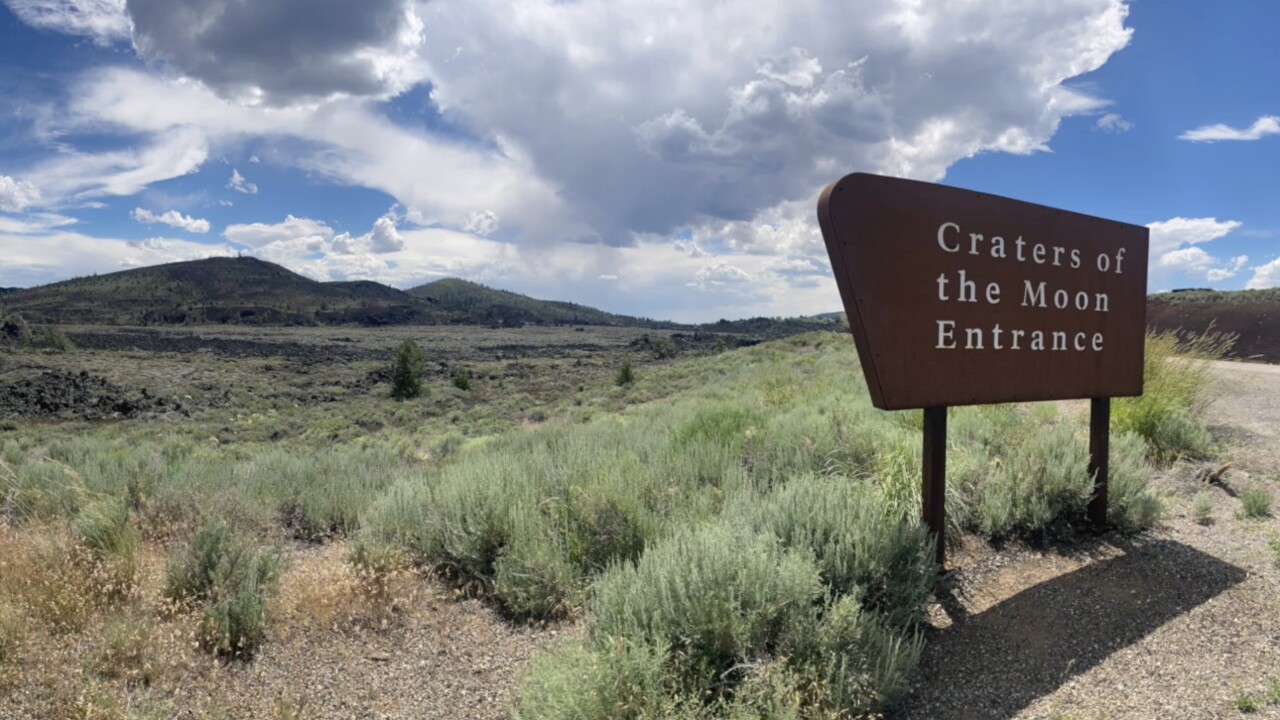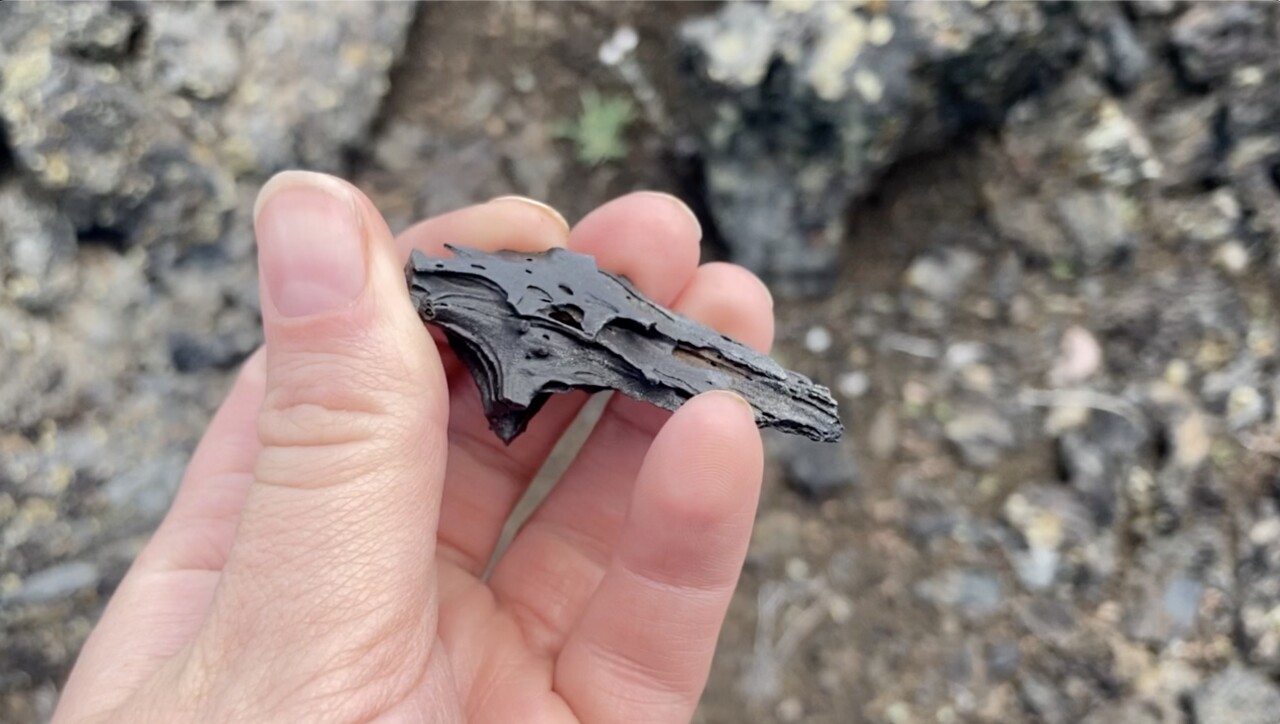ARCO, Idaho — The hot, rocky desert land in the middle of southern Idaho looks almost otherworldly — like the surface of the moon.
Craters of the Moon National Monument and Preserve is closely tied to the conception of this planet: earth and its inner molten core.
“That's how continents replenish themselves. That's how new land is created, is by volcanic eruptions," Greg Reed, lead interpretive ranger at the site, told Idaho News 6.

"We're a very unique lava landscape. This is some of the youngest land in the continental United States," he said.
The preserve, established in 1924, invites guests to visit the past.
“We started having lava flows about 15,000 years ago. We've had at least eight major eruptive periods," Reed said.

Lava flow curves remain visible to this day. Patterns of lava frozen in time when flows first reached surface long ago. On a hot day, the surface temperature of the blackened lava rock can get up to 150 degrees, but the hottest it ever was approximately 2,000 degrees when it first reached the earth's surface as hot lava.
The last eruption happened about 2,000 years ago, which is recent, according to Reed. He said 25 miles under earth's surface, that magma remains actively under pressure.
“We absolutely expect there to be another eruption here in the next 100 years," Reed said, and explained it would be a flow similar to active eruptions in Hawaii.

This park has a connection to space beyond its namesake. Volcanoes found in space help scientists distinguish an active planet from an inactive one, which could lead to discoveries of life.
“We theorize that early life on earth started in really primitive volcanic conditions," Reed said. "The things that we learn about volcanism here on earth, that knowledge is applicable to the solar system and beyond."
As an International Dark Sky Park, the absence of light pollution allows for some stellar night sky viewing.
“Craters of the Moon is a great place to come out and observe the milky way," Reed said.

Hiking, spelunking, camping, recharging in nature are also available to those visiting this rare landscape off Idaho’s backroads.
“We're really excited about this year because it's a normal year where we're kind of resuming normal operations and our rangers get to be in front of the public being rangers again," Reed said.
Another feature of the area is the robust bat ecosystems of the caves and lava tubes.
Biologists on site say to prevent the spread of white nose syndrome among the park’s bat population, cave permits are required and available at the visitor’s center.





